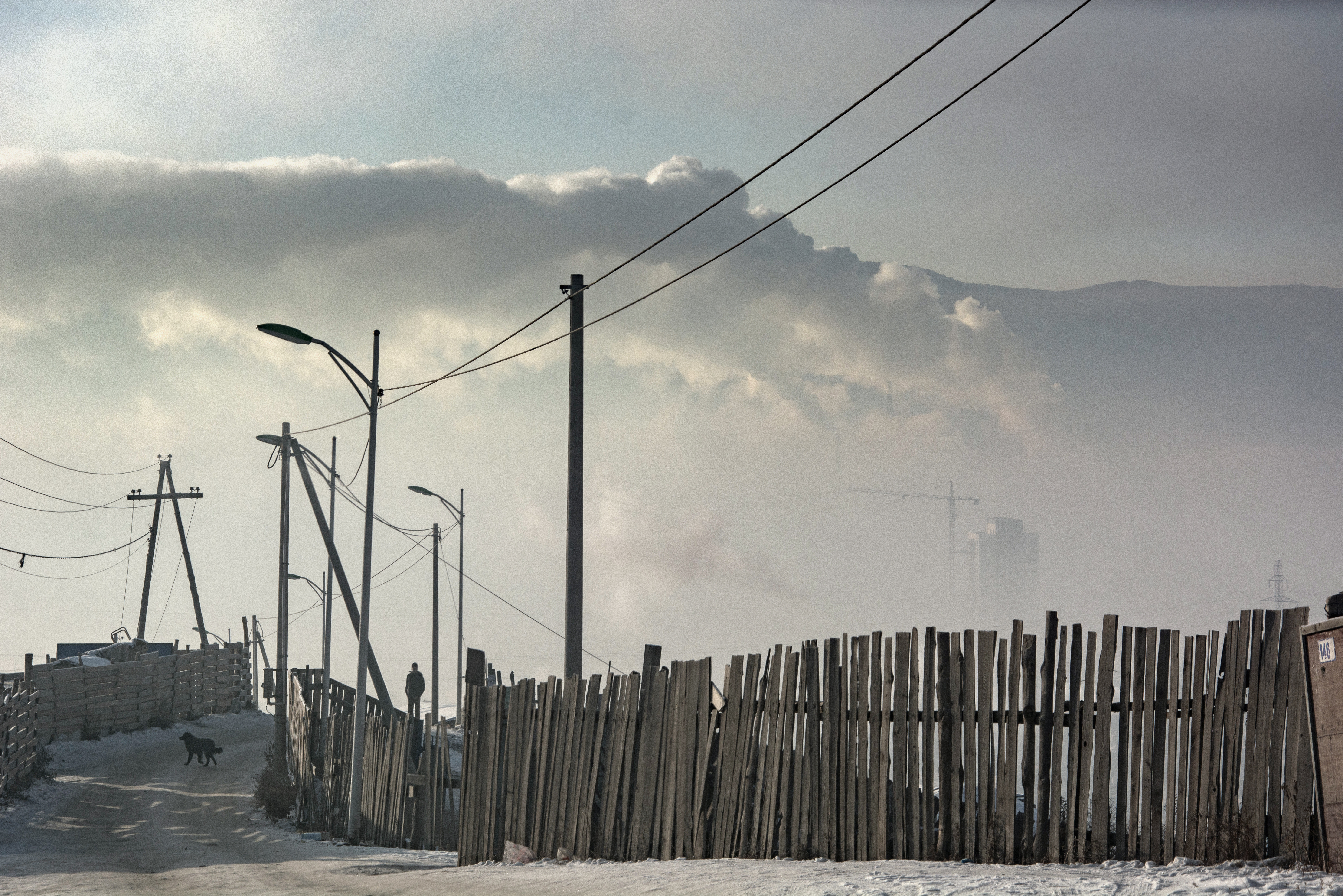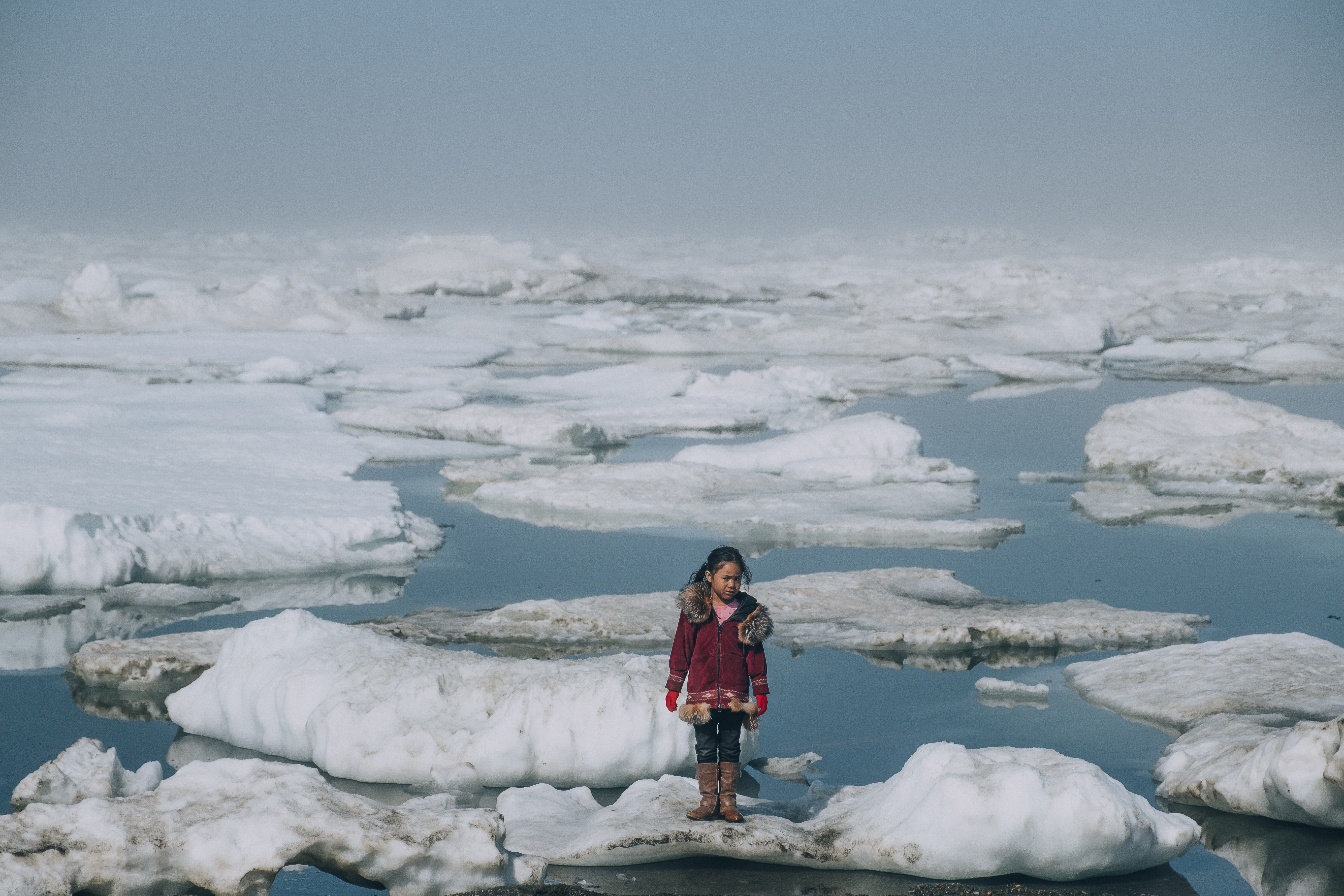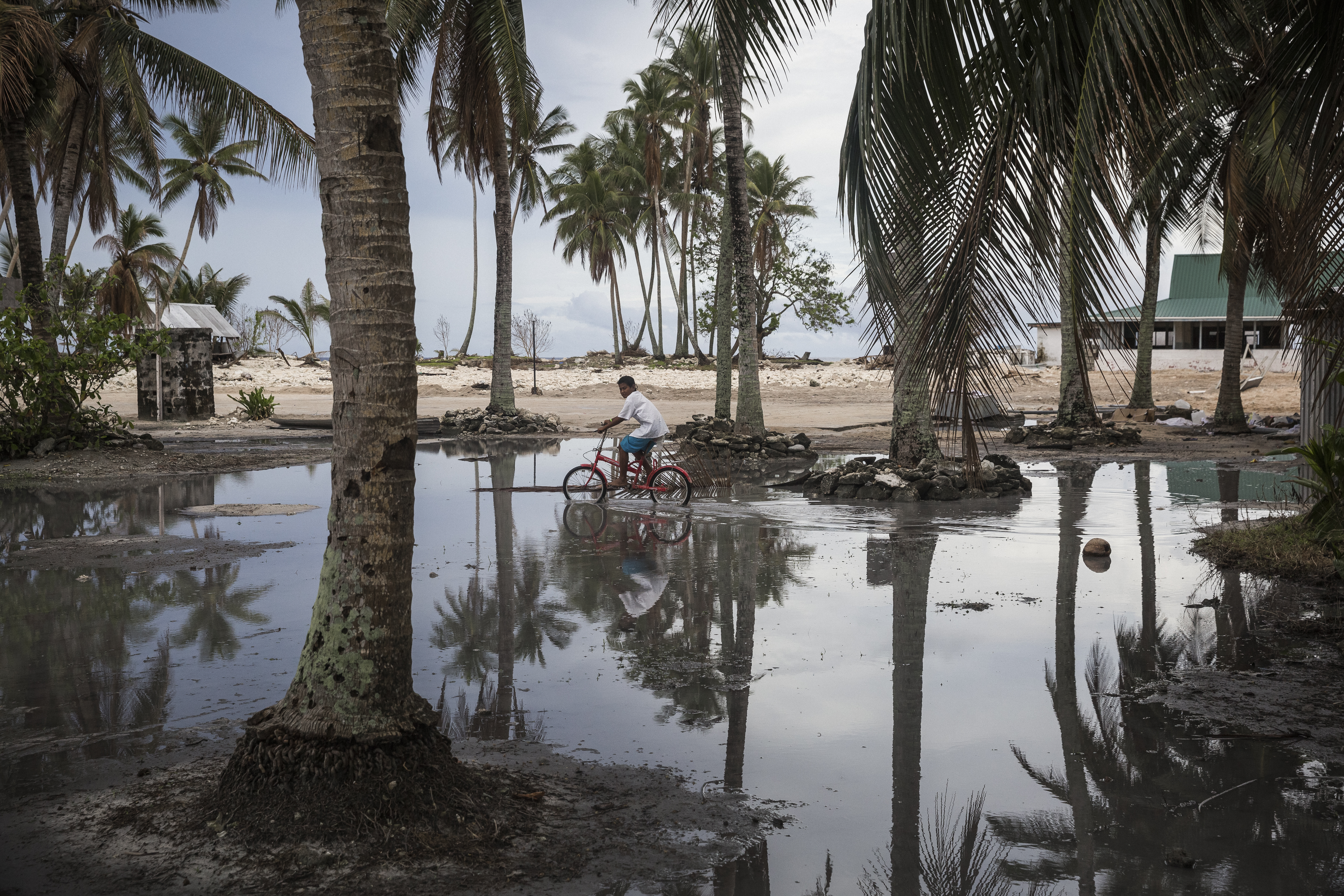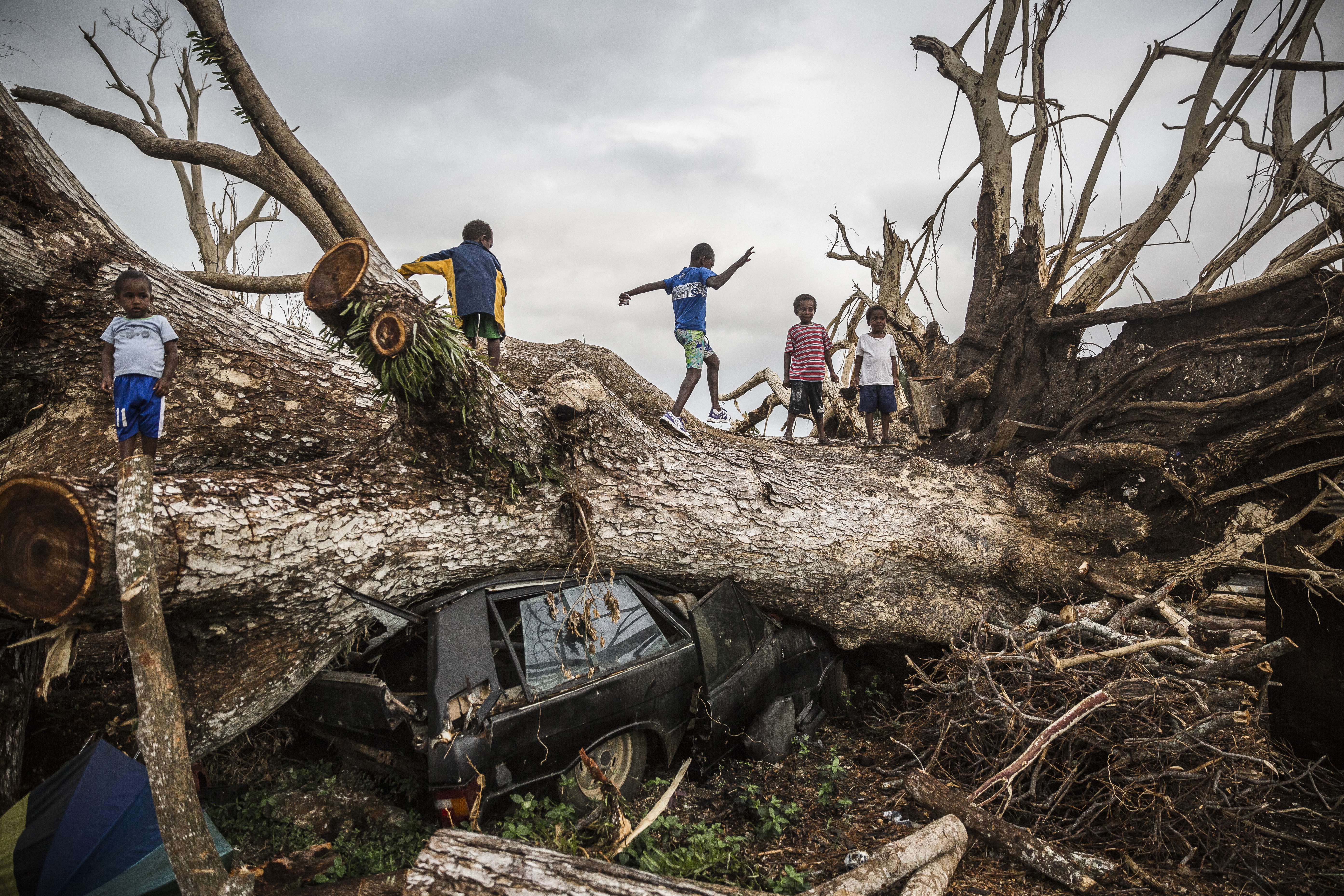Climate change
Climate change poses significant risks to children’s health and well-being
Climate change is a direct threat to children’s well-being. In many communities, rising sea levels and temperatures are already putting stress on the ecosystem – affecting where people can safely settle and grow food. And while children are the least responsible for the changing environment, they are likely to bear the greatest burden.
As the levels of greenhouse gases rise, global temperatures tend to increase as well and more extreme weather events become more likely, according to United Nations climate research. The disruptions these changes could cause – social, economic and political upheavals – might well have an impact on child survival. The three channels through which climate change could have the greatest impact on child mortality are: shifting disease environments, greater food insecurity and threats to water and sanitation services.
Changing environments will worsen the effects of diseases on children, particularly the youngest and most vulnerable
Rising temperatures and other environmental changes will make diseases we have not yet mitigated more dangerous. The habitat for mosquitoes transmitting malaria, dengue fever and yellow fever is projected to almost certainly expand, thus taking a further toll on communities already suffering greatly from these diseases. In 2017, the latest year for which firm estimates are available, malaria alone accounted for the deaths of 266,000 children under five years of age, despite widespread prevention efforts. This translates into a daily toll of nearly 730 children under five.
Diseases such as malaria are more likely to affect rural areas, but have the potential to spread to urban settings, which are already suffering from rising levels of air pollution. Air pollution is linked with one in eight under-five deaths, according to World Health Organization data. It is also associated with increasing rates of asthma and other respiratory diseases such as pneumonia.
A decrease in food security threatens children’s development and survival, especially in places already struggling with this risk
Food insecurity has long been a reality in many communities around the world. The risks faced by these and other communities not yet affected is likely to be exacerbated by a changing climate. Warmer temperatures are predicted to lead to lower crop yields, placing further stress on the global food supply. For children, even brief periods of undernutrition means a greater risk of dying from common infections and lifelong damage to their development. Food insecurity also threatens maternal health, which is closely related to a child’s survival and thriving in the early years. In 2018, nearly one in four – or 149 million children under 5 – were stunted, and over 49 million suffered from wasting, according to the 2019 Joint Malnutrition Estimates from UNICEF, WHO and the World Bank.
As safe drinking water and sanitation become increasingly scarce, progress made in child survival may be reversed
Access to water, sanitation and hygiene (WASH) services is vital to preventing the spread of diseases. Despite the vast progress made in this field, it is estimated that 440,000 children under age 5 died in 2017 – and 800 children continue to die every day – from diarrhoeal disease. Already oft-occurring extreme weather events such as storms and floods are likely to put more stress on the delivery of WASH services. UNICEF projections show that by 2040, one in four children under 18 – some 600 million people – will be living in areas of extremely high water stress.
Addressing climate change as well as its impacts on children will be critical in protecting the gains made in child survival over the past 30 years. The impact of climate change on child mortality is only beginning to become evident, and even under optimistic scenarios, children are likely to pay a heavy price, and concerted international efforts are necessary to confront the three channels through which climate change affects and children.



